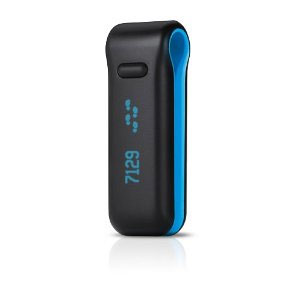
For a long time, I was a bit of a Luddite when it came to smartphone technology. I spend so much time around computers, I didn’t really see the need for another one in my pocket. But when I finally got one, I realized that smartphones are, in fact, so much more than the average computer. It’s not the portability of the device – yes, you can take it everywhere all the time – but what’s truly amazing is that it knows. It knows where you took it, it can see, hear, sense its location, position and acceleration.
I can get directions to anywhere from here. I can have it listen to a song and tell me who sings it. I can point it at a star in the sky and learn the name. On the other hand, my significantly more powerful traditional computer can’t remember my home address for directions, even though it never goes anywhere!
It Knows!
The magic, of course, is all in the sensors. My LG Optimus V, a fairly low-end Android smartphone, has a GPS sensor, accelerometer, gyroscope, compass, camera and microphone. It’s this varied collection of sensors that makes a smartphone such a technological leap forward. And it is just the beginning. With new devices that sense your activity levels, health, climate, the possibilities are endless.
My [..] fairly low-end Android smartphone has a GPS sensor, accelerometer, gyroscope, compass, camera and microphone. It’s this varied collection of sensors that makes a smartphone such a technological leap forward.

The Fitbit device uses sensors to report your daily levels of activity so you can limit sedentary behaviour and increase activity during the day. It can even monitor your sleep patterns at night. LumoBack is a newly funded Kickstarter project that senses your posture and delivers a gentle vibration when you slouch – a virtual “Sit up straight!” from Mom.
Previously, I mentioned Twine, a sensor module you can use for a variety of applications in the home. Similarly, Node is a powerhouse version of the same idea with modules for sensing magnetism, altitude, barometric pressure, humidity etc.

I could go on, but I’ll leave you with the most entertaining one I’ve seen of late. Swiss scientists have been developing a collar that will allow sheep to cry wolf all by themselves. A heart rate monitor on the collar detects a sudden rise in the heart rate of the sheep, signalling likely danger, such as a wolf. The collar can then send a text message directly to the shepherd.
“OMG, Wolf!”
Which sensor-based devices do you find exciting?
Do you have any you’d recommend?
The front page image for this article is by Flickr user amcunningham72

